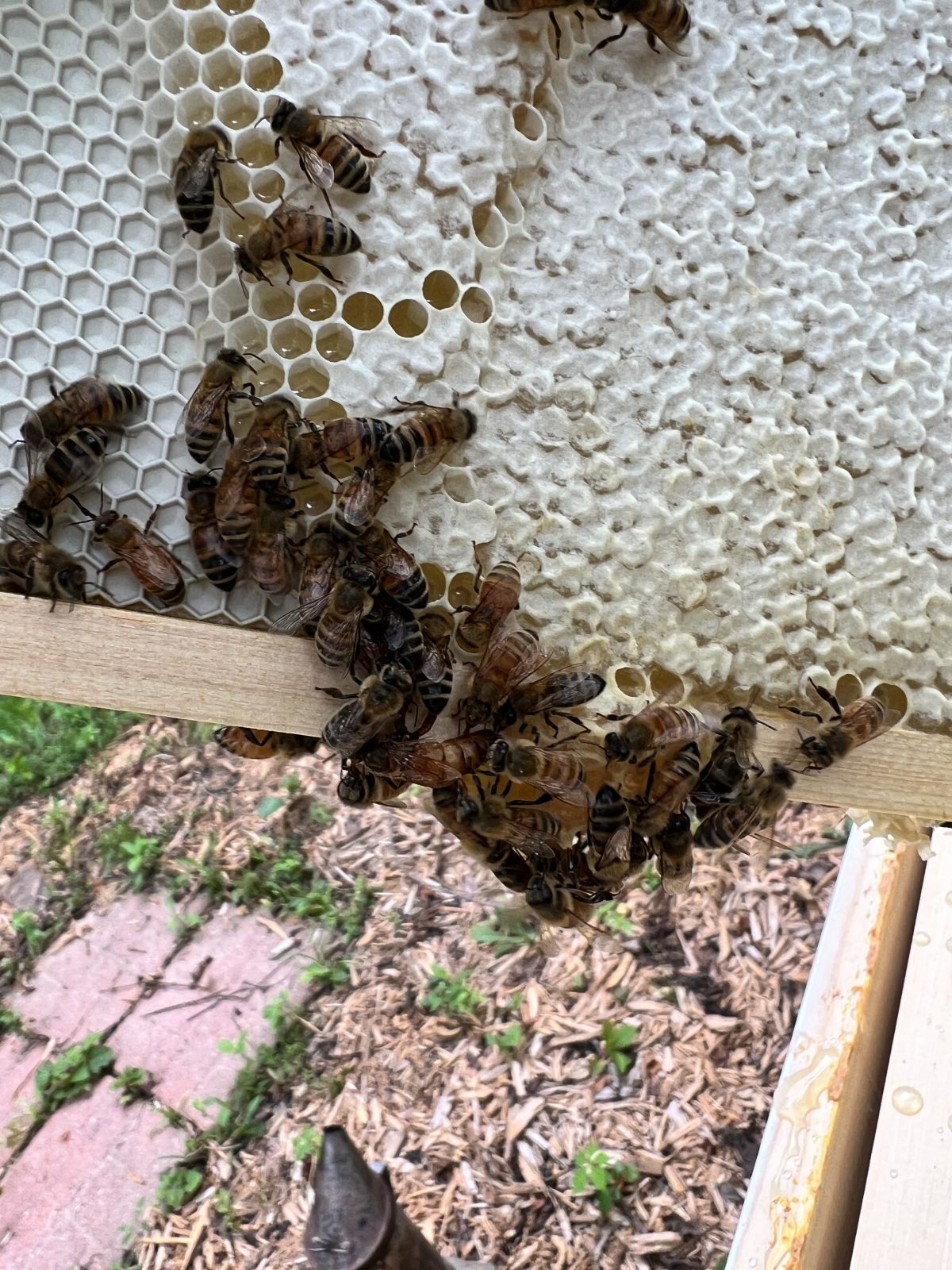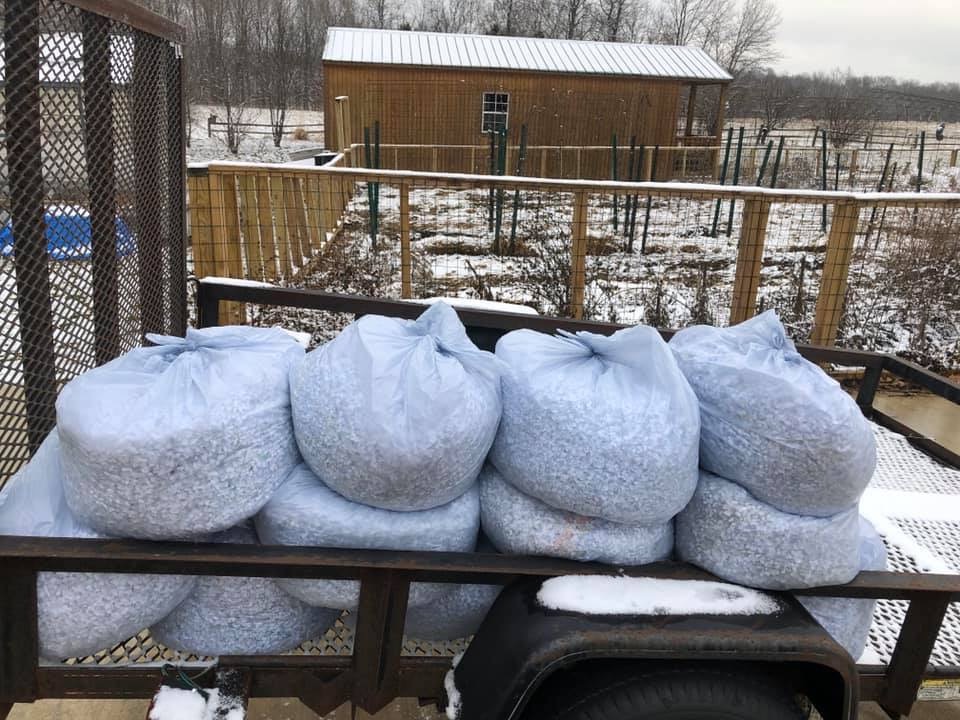Your cart is currently empty!
Category: Farm Tasks
-

Understanding Localized Vs. Systemic Reactions: My Journey
There is a distinction between an allergic reaction to a bee sting and being allergic to bee venom. It sounds like a minor semantic difference. It is not. Back when honeybees were an integral part of our farm, many people would respond, “I’m allergic to bees.” What they meant was, that when stung, the area…
-

Decluttering Financial Records
If you have been listening to our podcast Farm Chatter over the past few weeks, you know we have been focused on ridding the house of clutter. (If you haven’t heard one yet, check out Episode 102-The Declutter Report.) One of those decluttering tasks was to purge old financial records. Does anyone else have trouble throwing…
-
Fall Garlic Planting
Walk into any decent Italian restaurant and take a deep breath. That warm spicy aroma tingling your nose is quite likely garlic. The incomparable deep flavor makes Italian dishes renowned, but also enhances any number of other recipes. You can bring this culinary delight into your own kitchen through bulbs of garlic purchased at a…
-
How To Remove Seeds
Do you like seeds in your jam? I’ve only met one person who reported liking seeds in her jam. In fact she said “the more the better”. But most people seem to prefer seedless jam. The same is true for tomato sauce. No seeds. How do you remove all those tiny seeds? Blackberries, raspberries and…
